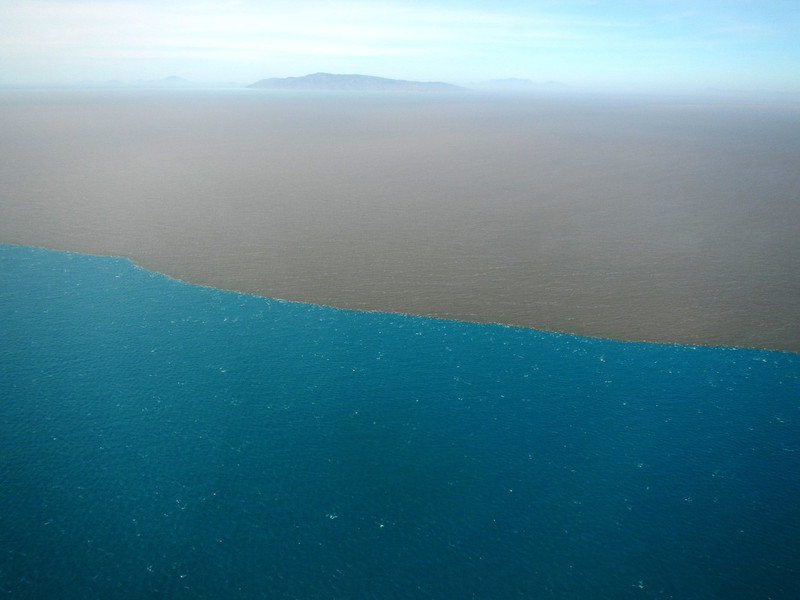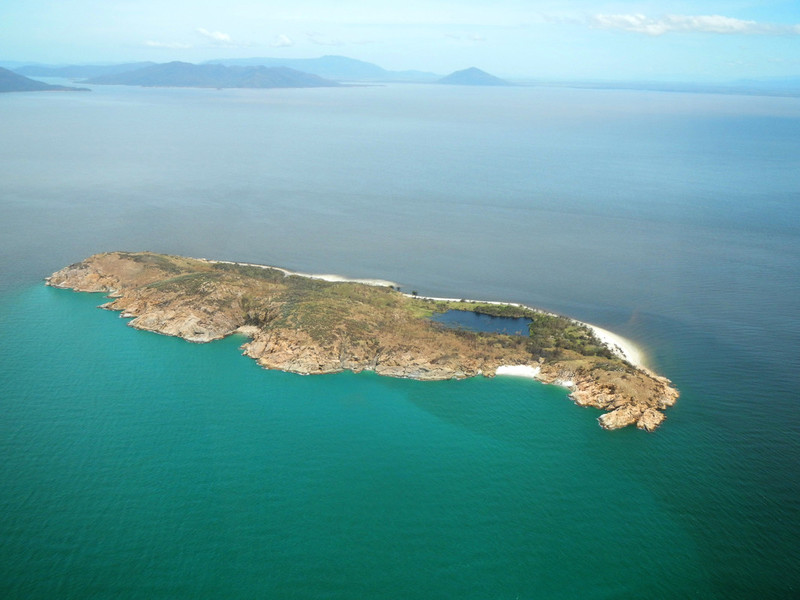Ex-Cyclone Debbie dumped rain in an erosion hot spot in the Burdekin catchment estimated to generate nearly a third of all the sediment that flows to the Great Barrier Reef.
Flood plumes from the Gregory and Fitzroy rivers are also pushing sediment and nitrogen pollution into Reef waters.
It is another blow to the Reef which has just suffered unprecedented back-to-back mass coral bleaching events.
Griffith University scientistAssociate Professor Andrew Brookshas released dramatic pictures and video of the Burdekin and Gregory river flood plumes heading out to sea, and erosion in the Burdekin catchment.
His post cyclone helicopter flight (on March 31) to assess damage was jointly funded by Griffith University, the Federal Government’s National Environmental Science Program, the Queensland Government, and NQ Dry Tropics.
Dr Brooks said much of the cyclone deluge fell in an 11,000 sq km section of the Burdekin catchment which is a known erosion hot spot.
This area is currently the investment focus for water quality improvement through one of the Queensland Government’s Major Integrated Projects and there has been strong landholder involvement and co-operation.

Scientists estimate this 11,000 sq km area generates around 30% of all the sediment that flows to the Reef.
It is a highly sensitive landscape with a surface layer of stable soil but just below that the soil literally dissolves when touched by water.
Several factors — including cattle tracks and the construction and maintenance of roads — have exposed the soluble soil and formed gullies.
Dr Brooks has been studying four big gully systems which historical photographs show were just getting started in 1945.
“Based on preliminary data, we estimate these four gully systems, which have a total area of 43 hectares, alone generate 36,000 tonnes of sediment per year and have been for 60 years,” he said.
“We know sediment can harm coral and sea grass by restricting light. Now we’re learning that sediment from this area also carries large loads of harmful nitrogen because it sticks to the sediment sourced from these same soils.
“The state and federal governments have listened and are taking the erosion issue seriously​, as evident through their investment in this area​.
“I’m hoping that commitment continues with the level of funding required to rehabilitate the area. Erosion from this hot spot must be significantly reduced to protect the Reef,” Dr Brooks said.
WWF-Australia’s Sean Hoobin said the flood plume and erosion shots were concerning because the Reef has been weakened by bleaching for two years in a row.
“We need greater investment in catchment repair so that the next cyclone or flood does less harm to the Reef,” he said.
